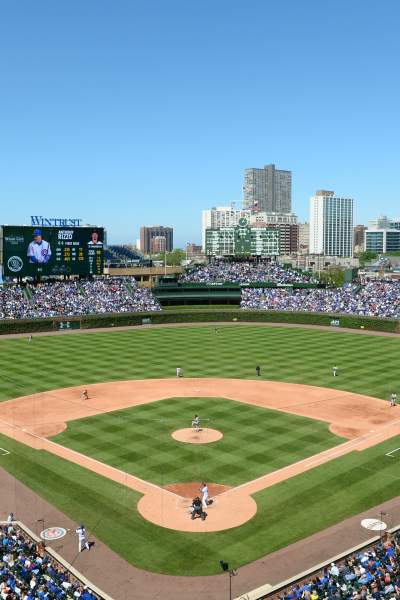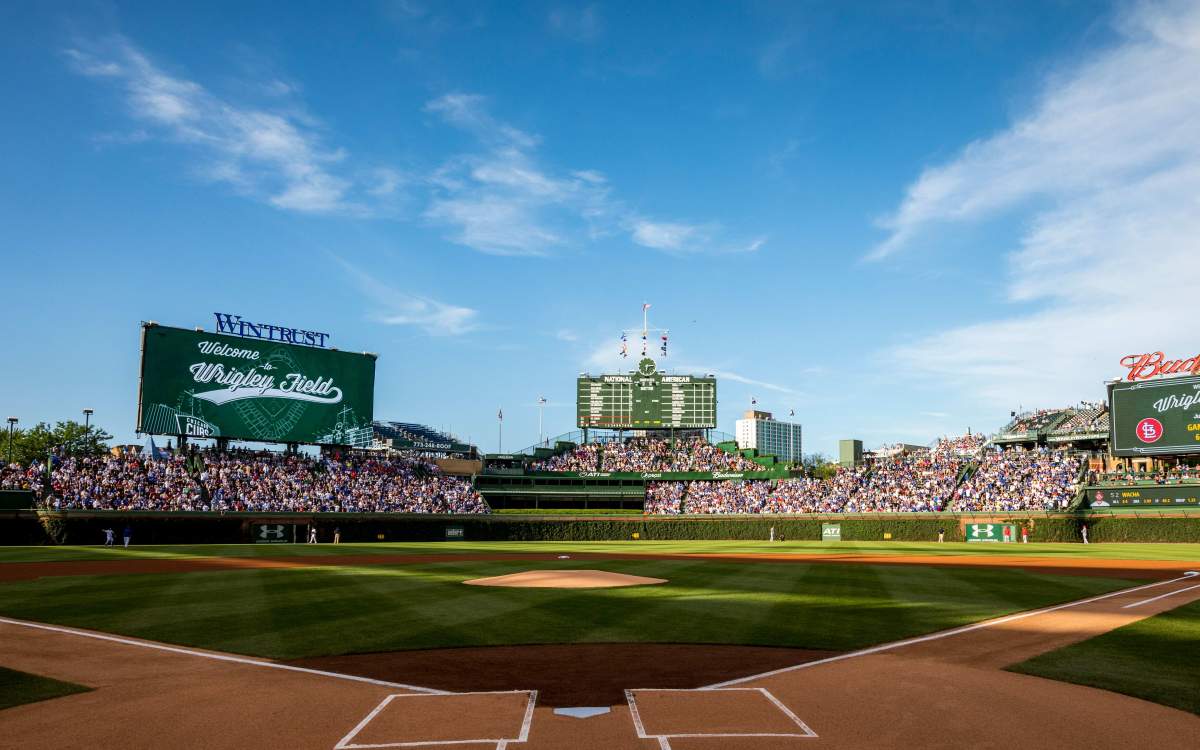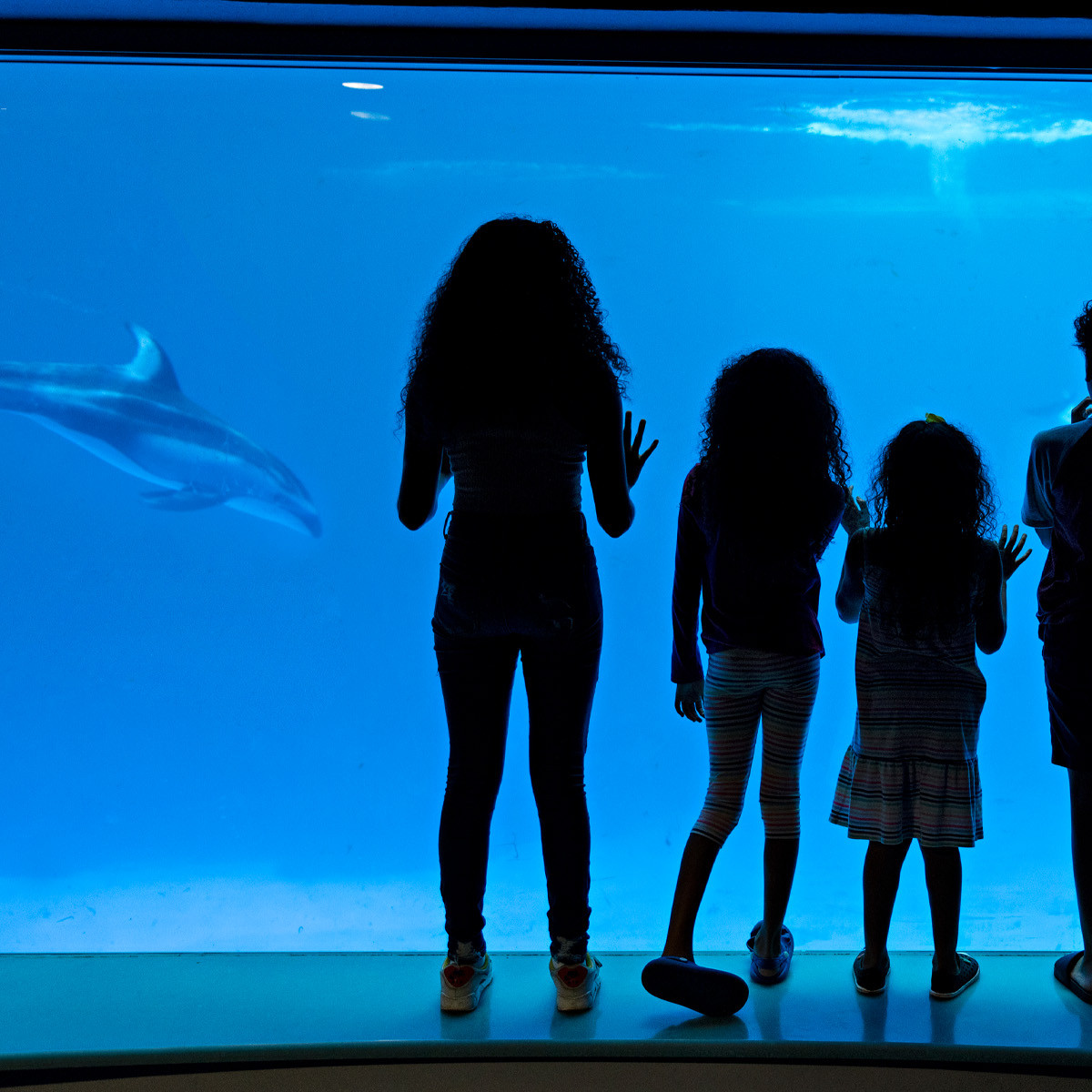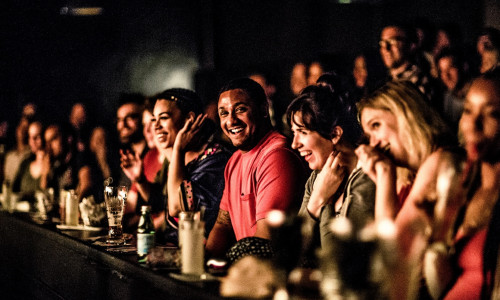Wrigley Field Tours: Seeing Cubs History Up Close
Aug 07, 2018

When it comes to Chicago landmarks, perhaps none is so loved as Wrigley Field.
Step inside this historic stadium on a Wrigley Field Tour and learn what makes this ballpark unique from guides who bleed Cubbie blue.
On these 75- to 90-minute tours, you will have the opportunity to sit in the fan-favorite bleachers, view the field from the press box, enter the clubhouses where your favorite players have been, and even step out onto the hallowed field. Whether you’re a fan of the Chicago Cubs, baseball in general, or just Chicago history, the 90 minutes you'll spend on a Wrigley Field tour is time well spent. Here’s a few highlights from my recent game-day tour.
NOTE: Game day tours — like mine — allow for stops at the 100-level seats that are closest to the field; the Budweiser bleachers; upper-deck seating; and a chance to walk on the field just behind home plate. Non-game day tours, which cost an additional $10, allow for stops at all of the above, as well as the Cubs’ dugout, the visitors’ clubhouse, and the press box.

Gathering just outside of the new The Park at Wrigley prior to our 9 a.m. tour, the energy was high. Visitors from Chicago, Detroit, New Jersey, Texas, and even Brazil were all eager to soak up the knowledge behind the brick and ivy — and yes, that is the same ivy that was planted in 1937. Even as a die-hard White Sox fan, I was excited to get a behind-the-scenes look at the park where Babe Ruth hit his famous called shot, where there is still a hand-operated scoreboard, and where at one point the record was held for most NFL games in a single stadium.
Stepping onto Wrigley Field
One question many have when taking a Wrigley Field tour: can I step onto the field? Turns out you can — just not onto the grass. Our journey started with the opportunity to take photos on the field near the on-deck circle and behind home plate.
As we meandered our way down the bleachers, up the ramps, and to the upper decks, the guide totally immersed us with fascinating info. Who knew the location was originally a Lutheran Seminary? That the once-abandoned lot was purchased for $250,000 and ready for opening day in 1914 after just five weeks of construction? That every sport has been played on the field (including ski jumping)? Or that the team’s original name was supposed to be the Chicago Chickens? We also learned about two staples of American sporting events that were started right here at Wrigley: concession stands and the playing of the singing of the National Anthem before games.
Slices of Wrigley History
Perhaps the most interesting story was the origin of the phrase “that came out of left field.” Legend has it that this phrase was born at the ballpark the Cubs played at before Wrigley was built (it’s actually on DePaul University’s campus). Beyond the left field wall was a psychiatric hospital. The building was without air conditioning, so in the summer the windows would be open. Some of the patients would watch the game and some would occasionally make strange noises that, to the fans… came out of left field.
Another fun fact: the colors of Wrigley Field's famous marquee came from a request by legendary Chicago Bears coach George Halas (the Bears played at Wrigley from 1921 to 1970). Originally painted green and gold, the marquee had to be changed to Cubbie blue and white when Halas lobbied the Wrigley family to repaint it, as its colors were too close to a dreaded rival: the Green Bay Packers.

Next up was a trip to the famous bleachers, where we learned more stadium history. Beyond the famous ivy growing on the outfield walls, one of Wrigley Field's most recognizable landmarks is the iconic manual scoreboard at center field. To this day, men spend each game climbing ladders inside the scoreboard, changing the score to reflect the action on field and around the leagues.
We also got a fascinating history lesson in the flags around the top of the stadium. The Cubs have a history of not winning many pennants (until 2016, of course), so the flags commemorate special dates and records at Wrigley, including players’ single-season achievements. Examples include the 20 KW flag for Kerry Wood and the inspiring JR 42, which flies in honor of Jackie Robinson, as Wrigley Field is the last standing stadium in which he played. The high point of visiting the bleachers was the story of the “bleacher bum” races. I won't ruin the fun here — but if you've ever wondered why there are now baskets that run below the outfield walls, you'll love it when the guide explains the reasons why.
Our last stop on our game day tour was a trek to upper deck — a perfect end to this engaging tour, seeing the tens of thousands of empty green seats as grounds crew prepared for today’s game. It was a refreshing change of pace from the bustle of a baseball game. Standing there, looking out over this hallowed ballpark, now empty and calm, as if paying reverence to its generations of cheering crowds, only added to my appreciation of its rich history.
How to Book a Wrigley Field Tour
For more information on Wrigley Field Tours, including how to book tickets, visit the Chicago Cubs website.
Where to Stay Near Wrigley Field
The recently constructed Hotel Zachary at Gallagher Way lies at the same corner of Wrigley Field, Addison and Clark, putting you right in the heart of Wrigleyville.
by Amber Holst of Concierge Preferred
Share your Moments
#EnjoyIllinois



